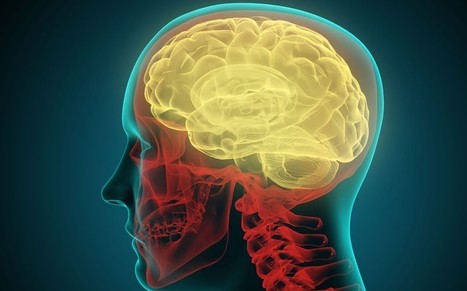Co-Creation and Experience Co-Creation are two terms which appear usually as puzzling to those who learn about it for the first time. They often think it is like doing or working together. Instead, it is just because of failing cooperation and collaborative work approaches that co-creation is relevant. It is highly successful in many of branches. To health care there are projects that worked with it. But in general the Health Care Business is not easily changing to these unavoidable methods to create personalised care, and an effective eco system and context to enable self management by patients. Here's the introduction.
Via rob halkes



 Your new post is loading...
Your new post is loading...










Here's my take on co-creation of health care. Based on my experience with health care innovation and reform, it is the most suitable method to arrive at sustainable innovation with all stakeholders. This is an introduction.